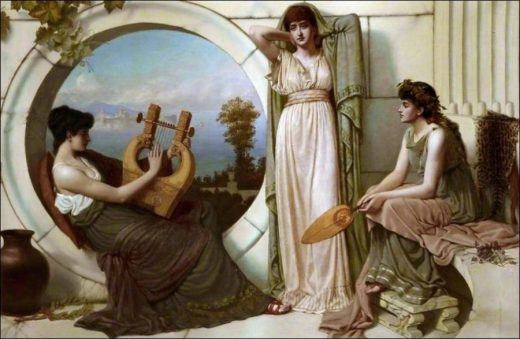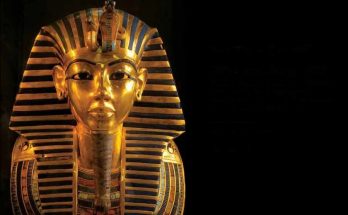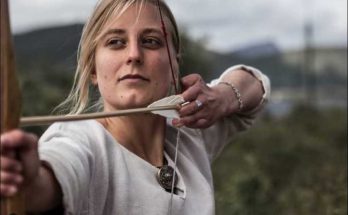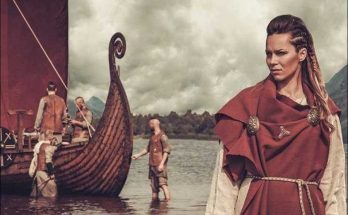So much so that ancient Greek women are tricked and intimidated by Heracles, the ultimate symbol of male power, in most versions of mythology. Because Amazon women are not the ideal of Greek society. Instead, women like Penelope in Homer’s famous epic Odyssey are idealized. Penelope, a beautiful woman, is loyal only to her husband when she has hundreds of suitors. She dedicates herself to housework and internalized gender roles. The ideal woman of ancient Greece was the woman who devoted herself to her husband and children.
Education and politics
Spartan women had greater access to education as in all other fields. Although their initial education took place at home rather than in a school, women were seen as an important part of Spartan society. Under normal circumstances, the liberties of noble women were more controlled, whereas in Sparta it was the opposite. The only known child of Spartan King Cleomenes I, Gorgo (who later married King Leonidas I) studied literature, culture and physical education. He was also well trained in wrestling and fighting.
The Greek historian Herodotus noted Gorgo as the great wise woman. He helped his father in managing the state and gave advice on military matters. He is even considered one of the first cryptanalysts in history. As was the case in Sparta, Athenian women did not have the freedom to participate in political and social life. Athens continues to be lauded today as the birthplace of democracy. But Athenian women were never truly adults before the law. This inequality had repercussions that lasted well into the 20th century. In modern Greece, women were denied the unconditional right to vote until 1952.
Arts and culture
In ancient Greece, women were excluded from art, as in every field. However, one of the most famous poets of the period was a woman named Sappho. Born into a wealthy family on the island of Lesbos, Sappho’s lyrics and poems emphasized passion and sexuality, especially among women. His works were so impressive that She was even called the “Tenth Muse” by the seventh-century poet Plato. However, BC.
It is also known that there are other female artists such as Kora, who lived around 650. Kora is credited with inventing relief modeling with her father, Dibutades. Legend has it that Kora falls in love with one of her father’s apprentices and draws the outline of her face on a wall with charcoal. Dibutades then fills the main line with clay and creates the first relief. Another female artist who broke the mold is BC. It is Timarete, who lived in the 400s. Although the information about her is limited, she became famous for her rejection of gender roles and made paintings that marked her period.
Views: 147



